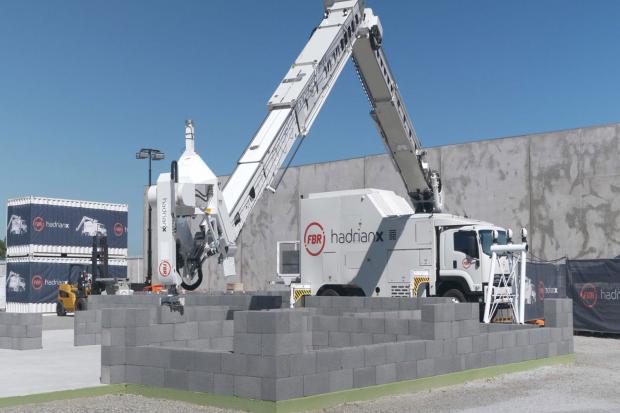
Breaking News
 Massie Introduces Bill to Get US Out of NATO
Massie Introduces Bill to Get US Out of NATO
 Somali Flag Raised Over Vermont School District
Somali Flag Raised Over Vermont School District
 "Kill Babies, Superman"? New CHILDREN'S Book Calls Abortion a "Superpower"
"Kill Babies, Superman"? New CHILDREN'S Book Calls Abortion a "Superpower"
 Gold Warning Issued as New Monetary System Takes Hold
Gold Warning Issued as New Monetary System Takes Hold
Top Tech News
 This tiny dev board is packed with features for ambitious makers
This tiny dev board is packed with features for ambitious makers
 Scientists Discover Gel to Regrow Tooth Enamel
Scientists Discover Gel to Regrow Tooth Enamel
 Vitamin C and Dandelion Root Killing Cancer Cells -- as Former CDC Director Calls for COVID-19...
Vitamin C and Dandelion Root Killing Cancer Cells -- as Former CDC Director Calls for COVID-19...
 Galactic Brain: US firm plans space-based data centers, power grid to challenge China
Galactic Brain: US firm plans space-based data centers, power grid to challenge China
 A microbial cleanup for glyphosate just earned a patent. Here's why that matters
A microbial cleanup for glyphosate just earned a patent. Here's why that matters
 Japan Breaks Internet Speed Record with 5 Million Times Faster Data Transfer
Japan Breaks Internet Speed Record with 5 Million Times Faster Data Transfer
 Advanced Propulsion Resources Part 1 of 2
Advanced Propulsion Resources Part 1 of 2
 PulsarFusion a forward-thinking UK aerospace company, is pushing the boundaries of space travel...
PulsarFusion a forward-thinking UK aerospace company, is pushing the boundaries of space travel...
 Dinky little laser box throws big-screen entertainment from inches away
Dinky little laser box throws big-screen entertainment from inches away
 'World's first' sodium-ion flashlight shines bright even at -40 ºF
'World's first' sodium-ion flashlight shines bright even at -40 ºF
Bricklaying robots can now build tennis-court-sized walls in 4 hours

We've had our eye on this Australian bot since it was an excavator-mounted prototype back in 2015. Even then, it was capable of laying the brick framework for a full-sized home in about two days – some 20 times faster than human bricklayers, according to Fastbrick Robotics, now known as FBR and the creator of the robot.
Now, in 2023, it's starting to roll out commercially. FBR has built its first "next gen" Hadrian-X system, and last month it set a new speed record on its first outdoor test build, demonstrating a sustained rate over 300 USA-format masonry blocks per hour on a testing and calibration run.
Extrapolate that rate to the largest blocks it can handle – 45-kg (99-lb) monsters measuring 600 x 400 x 300 mm (23.6 x 15.7 x 11.8 in) and you're looking at a machine capable of putting down some 70 sq m (753 sq ft) of vertical wall every hour – that's about a quarter of a tennis court. Oh, and FBR actually expects it to get a lot faster; its rated top speed is 500 blocks per hour.
Arriving on site, the Hadrian X is operated by tablet, and will lay bricks with precision according to a CAD plan. Workers feed masonry blocks into the back of the truck by the pallet load, whereupon "dehacker" robots unpack them and cut them to size if necessary using a circular saw.
Then they're sent one by one down the middle of the boom arm on little shuttles, painted with a special construction adhesive in place of mortar, and laid down in place, where they're dry and secure within 45 minutes.



